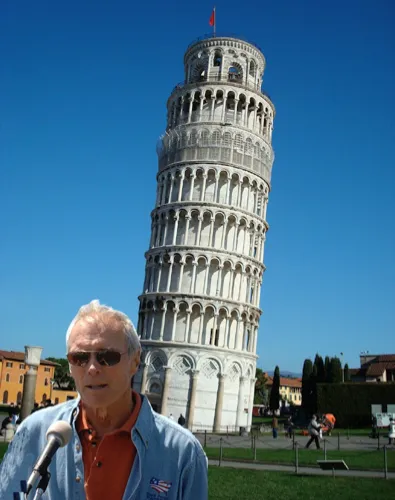Researchers at the University of Leicester and the Ronald Reagan UCLA Medical Center were able to observe a neuron in the brain firing differently when a new memory was forged.
Back in 2005, the same group announced the 'Jennifer Aniston neuron' – the idea that single neurons react to the faces of specific people. They even found that this ‘Jen’ neuron fired in response to Lisa Kudrow (her former castmate in Friends), which suggested that the actresses were associated by memory.
This time, the researchers used a similar approach to show how memories are formed, working with epilepsy patients who’d had electrodes implanted to help treat their condition. The participants were presented with an image of a celebrity in context – Jennifer Aniston at the Eiffel Tower, for example, or Clint Eastwood at the Leaning Tower of Pisa.
The scientists noticed that the neuron that had previously fired for the celebrity alone – e.g. Jennifer Aniston or Clint Eastwood – now also fired when shown the associated image – e.g. the Eiffel Tower or the Leaning Tower of Pisa.

“The remarkable result was that the neurons changed their firing properties at the exact moment the subjects formed the new memories – the neuron initially firing to Jennifer Aniston started firing to the Eiffel Tower at the time the subject started remembering this association," says Prof Rodrigo Quian Quiroga at the University of Leicester.
The neurons being studied were in a region of the brain known as the medial temporal lobe (MTL), which is known to be involved in long-term memory.
"Given the involvement of MTL neurons in memory formation, we hypothesised that we would be able to see some changes in the firing of the neurons,” says lead author Dr Matias Ison, also at the University of Leicester. “But the astonishing fact was that these changes were dramatic, in the sense of neurons changing from being very silent to firing a lot, and that these changes occurred at the exact moment of learning, even after one trial.”
It’s hoped that a better understanding of how neurons learn and encode new memories will help scientists to treat degenerative neurological disorders such as Alzheimer's disease.
Follow Science Focus onTwitter,Facebook, Instagramand Flipboard
